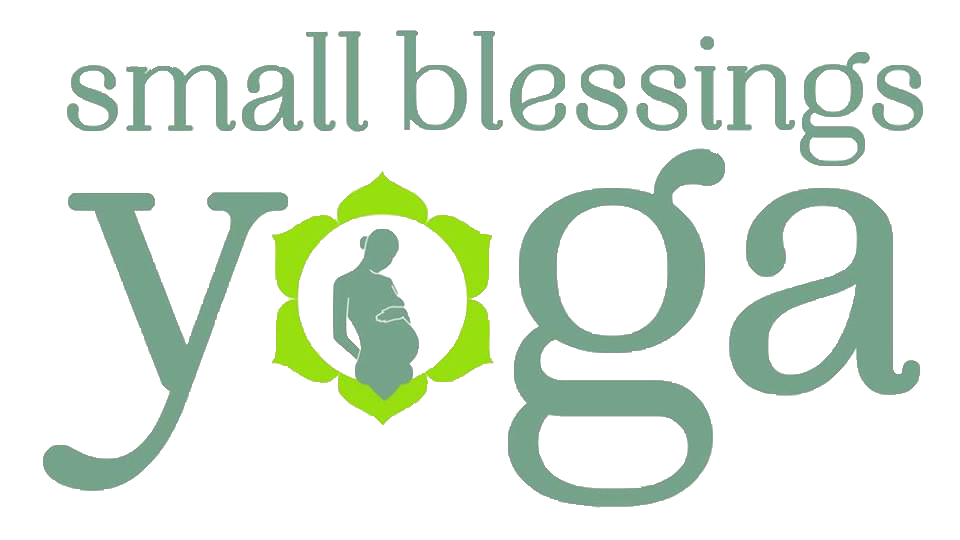Interventions - help or hindrance?
If you don’t yet know about the hormone cocktail present in birth, and will soon be giving birth, or otherwise have an interest in understanding birth, find out now! It really tells you alot about the nature of the journey. You can read about it HERE.
In this post, I explore a topic that, along with the birth cocktail, everyone with any interest in birth need to know about: interventions and their effect on the unfolding of the birth process.
Interventions are not wrong. That is most important to say first. Sometimes they are very right and totally needed. There are sometimes medical reasons for them and in these cases we can be grateful they exist. So we won’t demonise them or make them the enemy. Also, the journey of motherhood has at its centre the lesson of the power of listening to one’s own instincts and intuitions about things. We can equally get in our own way by having a fixed image about how we think things should be and then this image gets in the way of us being present to what just is.
The ideal scenario is a situation where left and right brain hemispheres cooperate: you do your research, get fully informed, ask all the questions so that, when the birth comes, all that is done. Now you can just let it all go and enter the current of the river of birth, letting instinct and intuition take over.
Oxytocin is the star of the hormone show in labour. The synthetically produced version of oxytocin is in Australia called syntocinon (pitocin in America). This hormone might be given to the birthing woman to induce the birth or to “augment” the surges (contraction-releases). (Induction and the pros and cons thereof is a topic on its own and if you are looking into this I recommend the work of Rebecca Dekker of Evidence Based Birth and a great little book Why Induction Matters by prominent midwife Rachel Reed.)
Induction or augmentation with syntocinon brings on the surges, yet without the softening body’s-own opiates of the beta-endorphins that come with your body’s own oxytocin. Surges under syntocinon are often experienced as sharper and more painful. Unlike natural oxytocin, syntocinon doesn’t cross into the brain and doesn’t have the psycho-emotional effect of bringing feelings of calm and connection. A body’s-own contraction (or surge) will normally be wave-like - building, peaking, ebbing away. Under syntocinon, it is more likely a steep and sharp ascent and descent. Less gradual and therefore a harder to ride wave. As the pituitary gland with its capacity to constantly make subtle adjustments, is not involved, there is no self-regulating and self-dosing going on. It’s hard to dose syntocinoin right for each individual woman at each specific time and overreactions (unceasing sharp contractions) are not uncommon.
Because of this, women who have had syntocinon are much more likely to want to have an epidural - an injection of pain-killers into the epidural space around the spinal cord. An epidural (attempting to replace nature’s own beta-endorphins) reduces the force of the surges as well as the pain (but again, without the psycho-emotional element of pleasure and transcendent, cozy feelings of beta-endorphins), thus leading to the need to increase the dose of syntocinon. Epidural also lowers blood pressure and heart rate (your’s and your baby’s) while syntocinon raises it. And so it is not uncommon to find yourself in a see-saw motion between the two. The body’s glandular system with its subtle feedback loops is rendered ineffective in the face of the chemical interventions.
The term cascade of interventions applies, where induced labours are more likely to result in caesarian or forcep-assisted birth as well as postpartum bleeding.
A 2021 study showed that, of the 474 652 included births, 15% had an induction of labour for non-medical reasons. Of the first time mothers who were induced, 29.3% had a caesarean section compared to 13.8% of those who went into labour spontaneously. Of the same group, 71.0% of induced mothers had an epidural compared to 41.3% of those who went into labour spontaneously. See the study here.
A 2022 international study showed that “rates of oxytocin augmentation exceeded 30% in 14 countries (56%). In many cases, criteria for dystocia (“large” baby or position resulting in difficult delivery) were not fulfilled.” This study also links augmentation to lower health results for babies.
In 2021, 38.2% of women in Australia had a caesarian, compared with 19.5% in 1996. The WHO recommends that when the rate of caesarians rises above 10%, then it is not likely to be for medical reasons, and that health results for mother and child do not increase. In fact, risks increase, both physical but also psychological and emotional, and the process of bonding can’t take place in the same way.
There is an informative if confronting documentary called The Business of Being Born that examines the see saw of syntocinon and epidural in the US. A more recent Australian documentary called Birth Time is a powerful and educational watch.
When an intervention is medically necessary, thank god for modern science. However, it is becoming increasingly evident and well researched and documented that hospital procedures do not reflect the gold standard of care for best outcomes from mothers and babies. So, as modern women, it is also up to us to inform ourselves and ask the questions.
This, the journey of becoming a mother, can empower and awaken you in so many life-changing ways.


